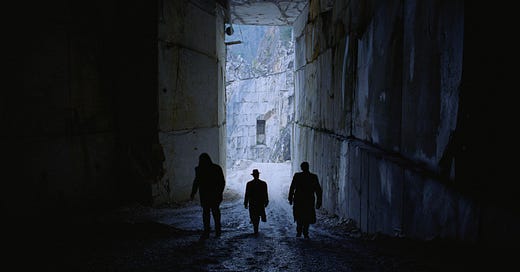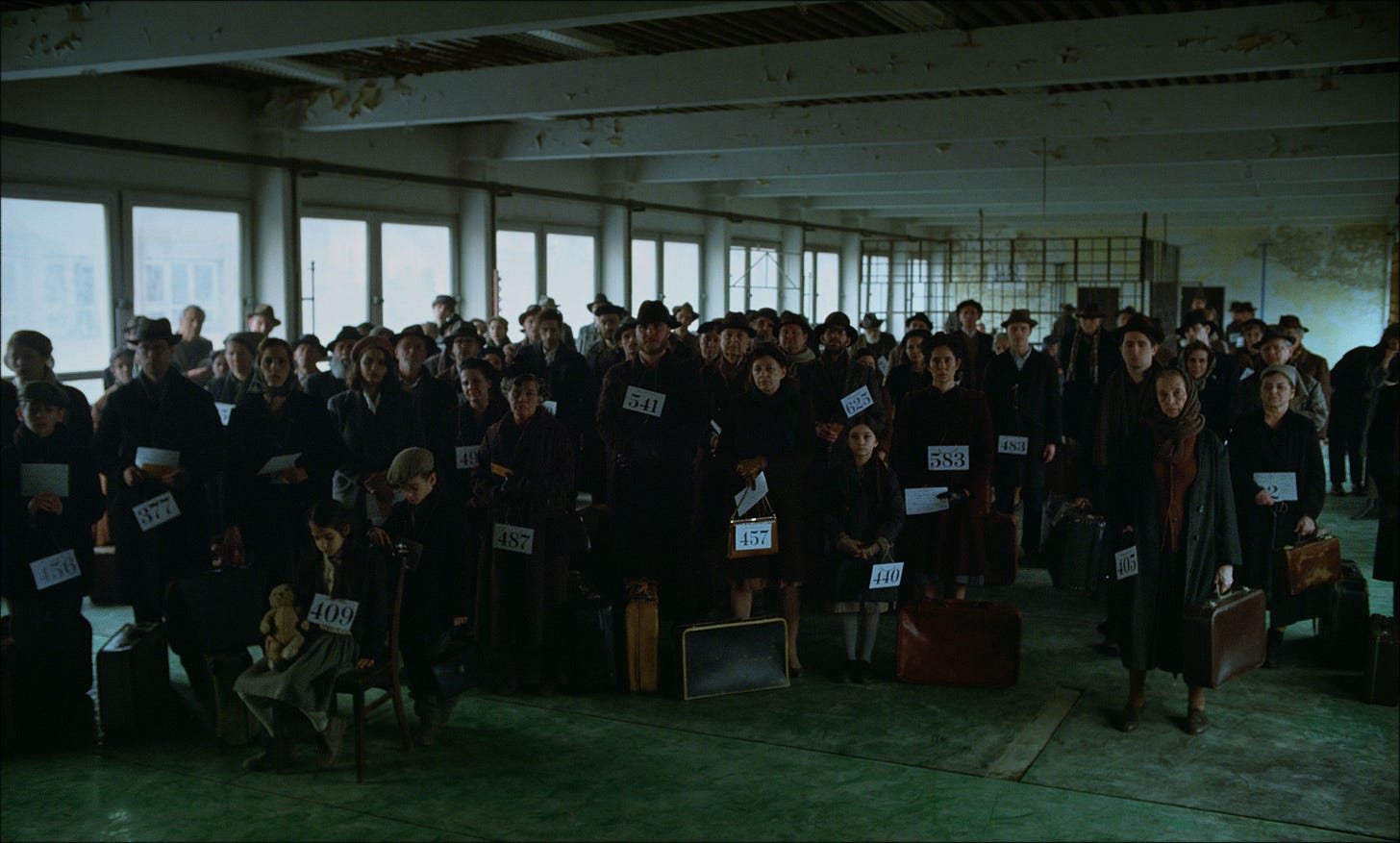“Architecture and filmmaking have a lot in common because it takes roughly the same amount of people to construct a building or make a movie. The Brutalist for me was a way of talking about the more bureaucratic aspect of the artistic process.”
-Brady Corbet
The Brutalist is a movie about an architect. That’s the easiest way to describe a movie that is really about immigrants, drug abuse, tense relationships, and how a creative genius prioritizes each of those aspects of his life to soaring heights and crushing lows. That is a microcosm of what it means to be an architect.
When I speak to non-architects about what it is to be an architect, I speak about the bureaucracy, coordination, and the spinning of proverbial plates. It’s designing a building AND it’s managing the entire process of designing a building. It explains why so many architects treat buildings as simple repetition of a previous project and process to maximize profit. It’s the reason architecture has been, by and large, creatively bankrupt over the last few decades. At any one time an architect is carrying out dozens of unrelated tasks that need to come together in a precise way followed by the next series of unrelated tasks that need to come together in a precise way. Now imagine this process with several other buildings all under design/construction at the same time. This leaves very little time to create in the way Laszlo is allowed to in The Brutalist. That is being an architect. I imagine that is being a film director as well.
In order to accomplish this authentic atmosphere and historical recreation, architects and professors were consulted. I was impressed by the understanding of what the Bauhaus, the different eras of the Bauhaus, and direct references to members of the Bauhaus in the designs shown and ideas presented.
Most of the scenes are framed exquisitely showcasing many different styles of architecture and a full-chested appreciation of all of them. A scene at a coal mine features a neoclassical factory building in the distance. A scene at a marble quarry frames the scene perfectly as light is surrounded by shadow. The scene of a nostalgic house party features classical trim details in deep dark wood tones. The scene of bringing immigrants to this country is framed by melancholy industrial beams and aquamarine concrete. Each of these architectural features are foreshadowing and full of metaphor.
The main creative endeavor of Laszlo is a cavernous Brutalist monolith. A Tower of Babel-esque project that has it’s own set of issues (complete with contentious community meetings). Without spoiling too much, in some ways the building is the catalyst for every important plot point of the entire movie, which leads me to something I like to think about whenever I get down about our industry. Architecture frames nearly every moment of people’s lives. It is the backdrop of every moment, every plot point of our lives. It is the same for architects, just from the other direction. The designing of buildings is the backdrop to our lives and it is the backdrop of Laszlo’s life.







Okay, fine, I'll watch it. 😝